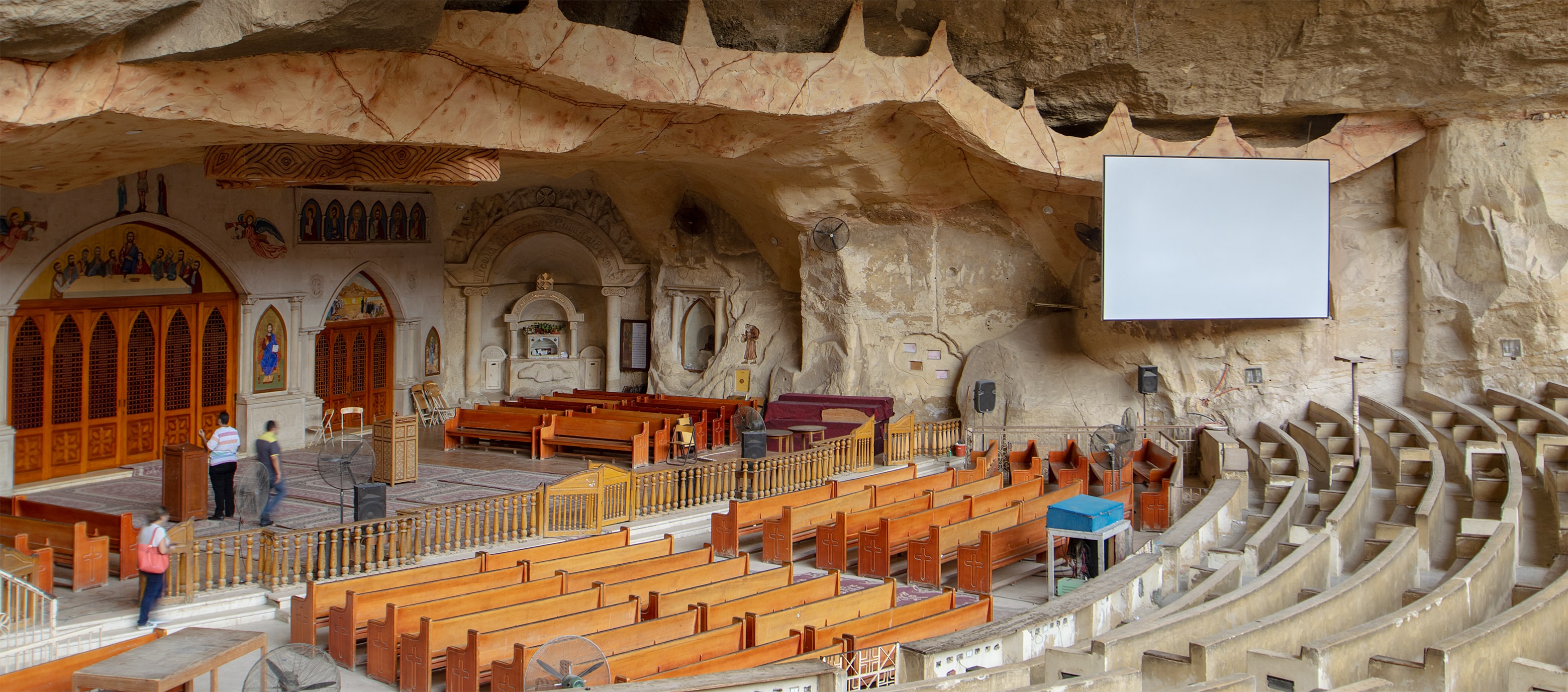
Tucked into the cliffside is a sight unlike any other: etched likenesses of the Holy Family are paired with pale sunlight, rows of modest pews and unparalleled glory: The Monastery of Saint Simon is more than a religious place of worship; it is a place of worshiping beauty and heritage, the meeting point of the divine and the man-made in a bloom of architectural inventiveness.
Sitting at the base of al-Mokattam hills, the site was initially created to cater to the large population of Coptic Christians in the area; they were a humble group, from modest upbringings and without a centralized place of worship that could attend their spiritual needs. The Monastery of Saint Simon was a remedy to this, a solution that came in 1975.
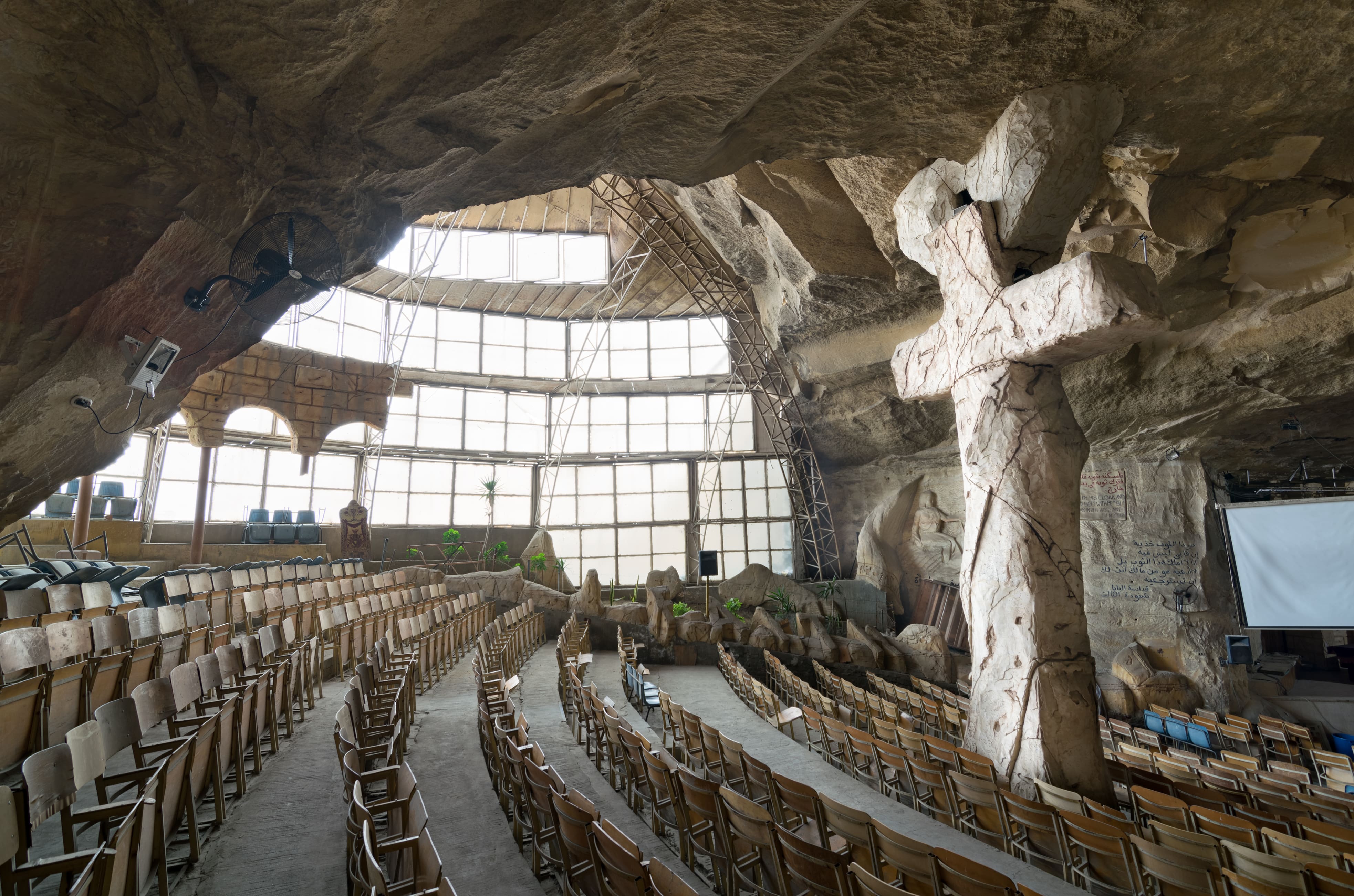

It borrows the name of Simon the Tanner, a craftsman saint who lived during the 10th century AD; “the cave church that was dedicated to him seems as though it might last for ten more [centuries].”
With seven individual chapels making up the monastery, it is considered the largest church in the region and is considered a place of pilgrimage for many who traverse the desert just to visit.
The cave predated the church, with a naturally eroded slope that led into its open space. The massive locale is able to hold upwards of 2,000 individuals around the central pulpit. The joint tenor of natural and man-made meet in the heart of the monastery, and it is perhaps due to this that many similar structures and churches have taken up in nearby caves.
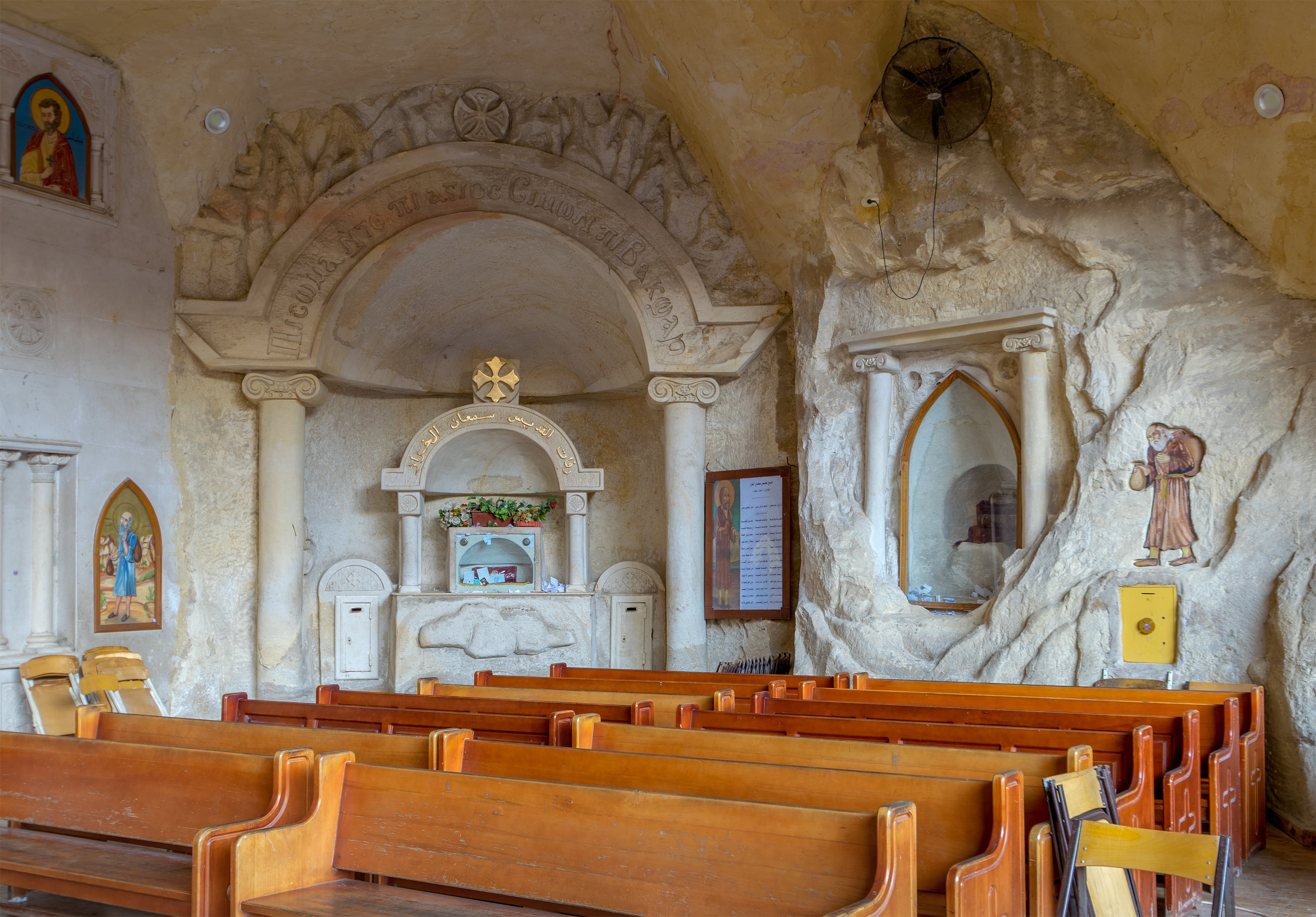
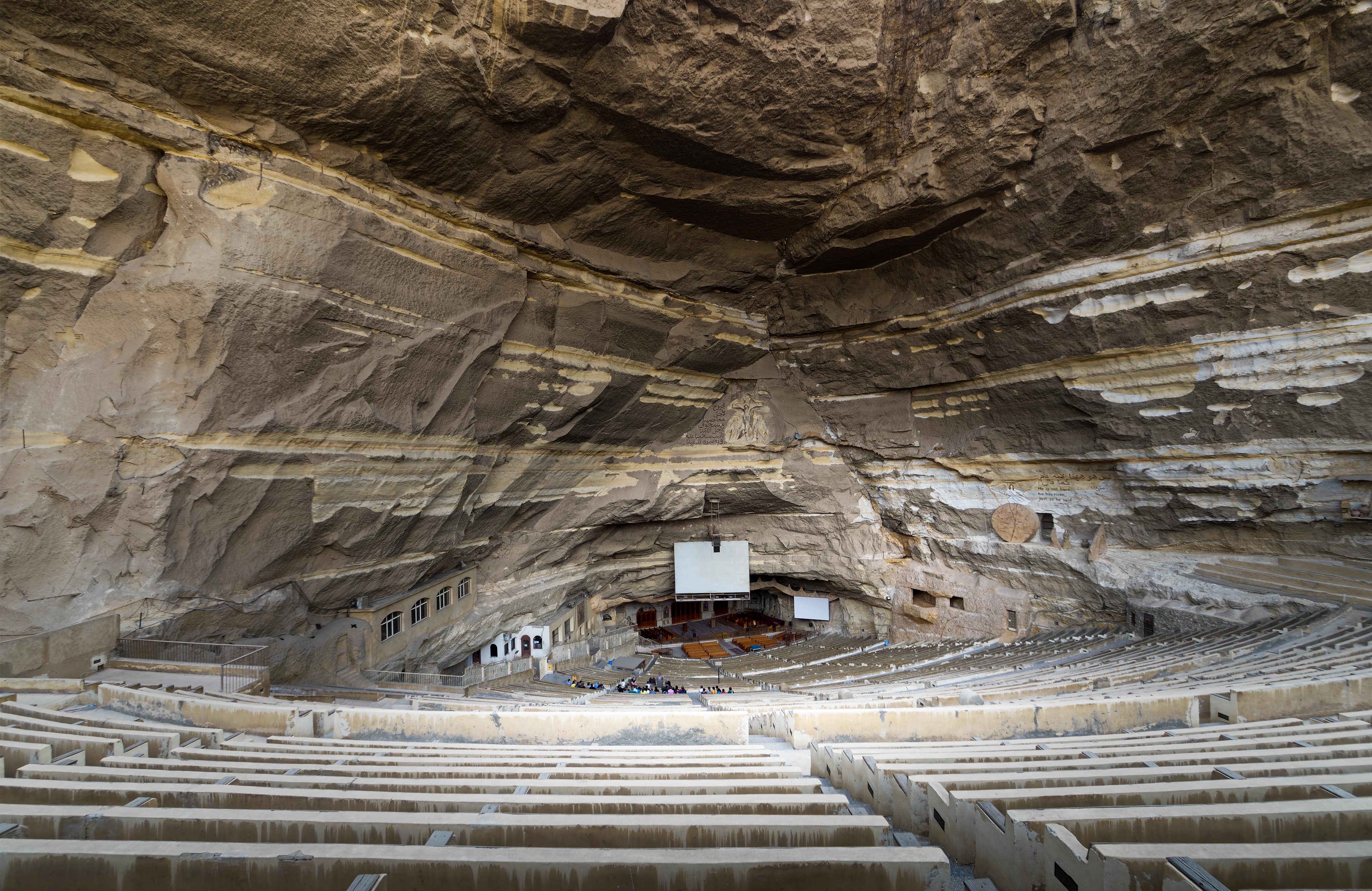
Reaching the site is no easy feat, and the village is more quaint and modest than most of Egypt’s grand touristic sites. The church itself is located in what is colloquially dubbed Cairo’s “City of Garbage”— a large spanning function of poverty-ravaged villages that live to improvise and overcome the hand dealt to them.
Still, there is an effortless, near-cosmic beauty within this otherwise humble, and down to earth space.
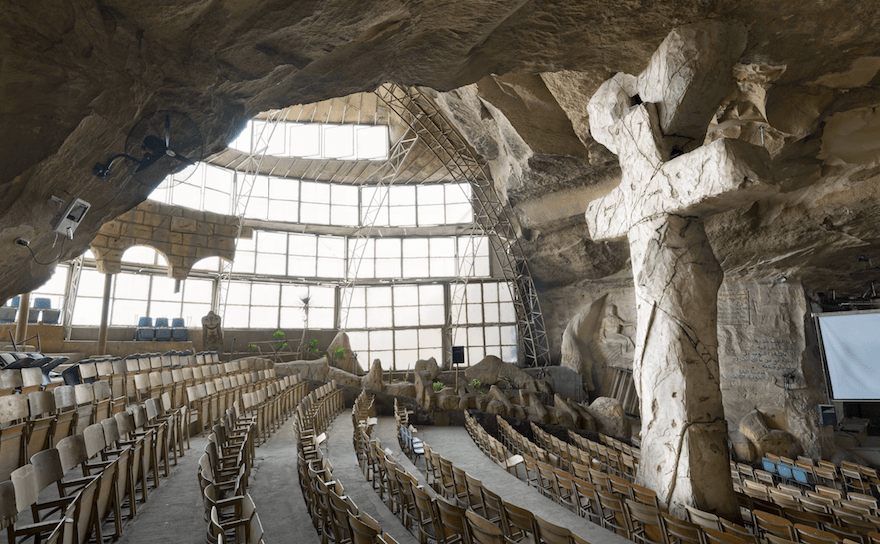






Comments (2)
[…] كنيسة القديس سيمون في الكهف الضخم […]
[…] كنيسة القديس سيمون في الكهف الضخم […]